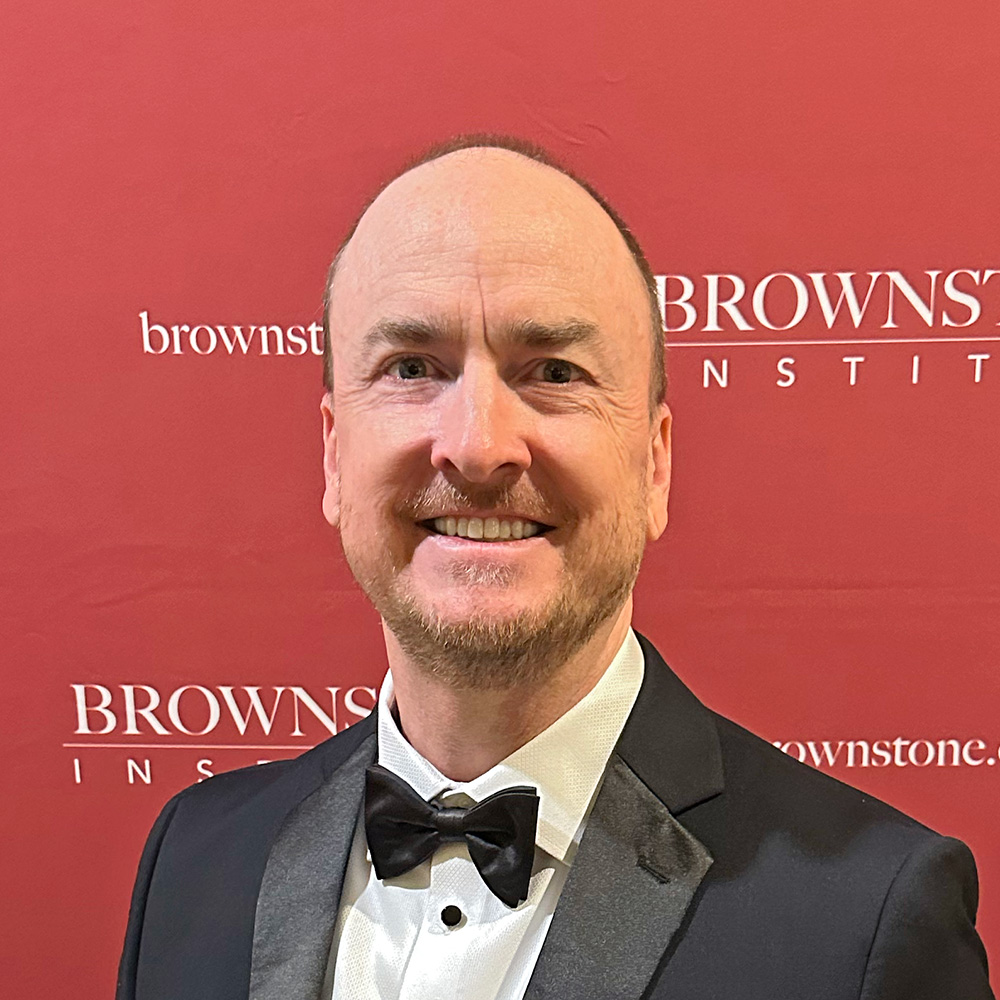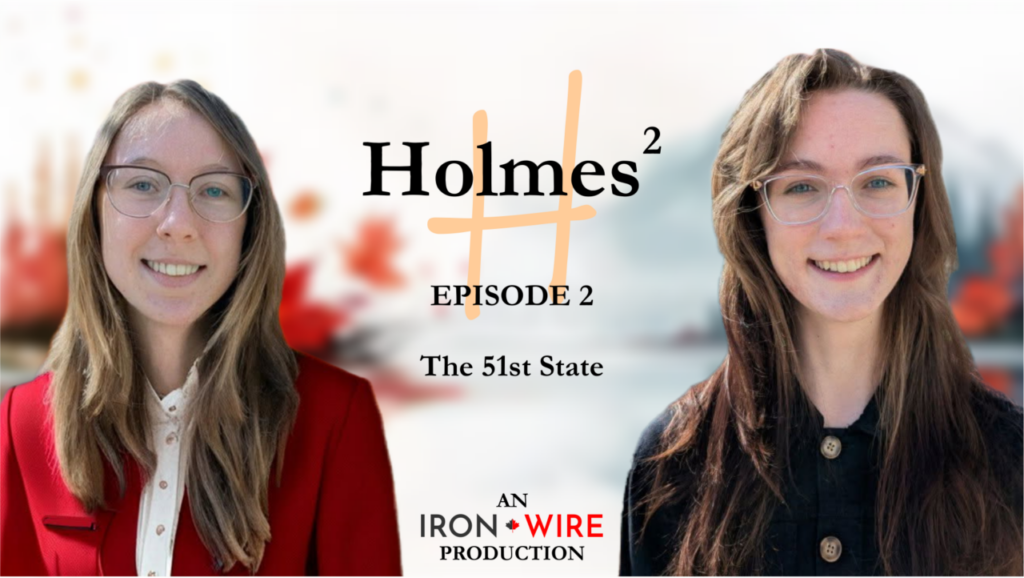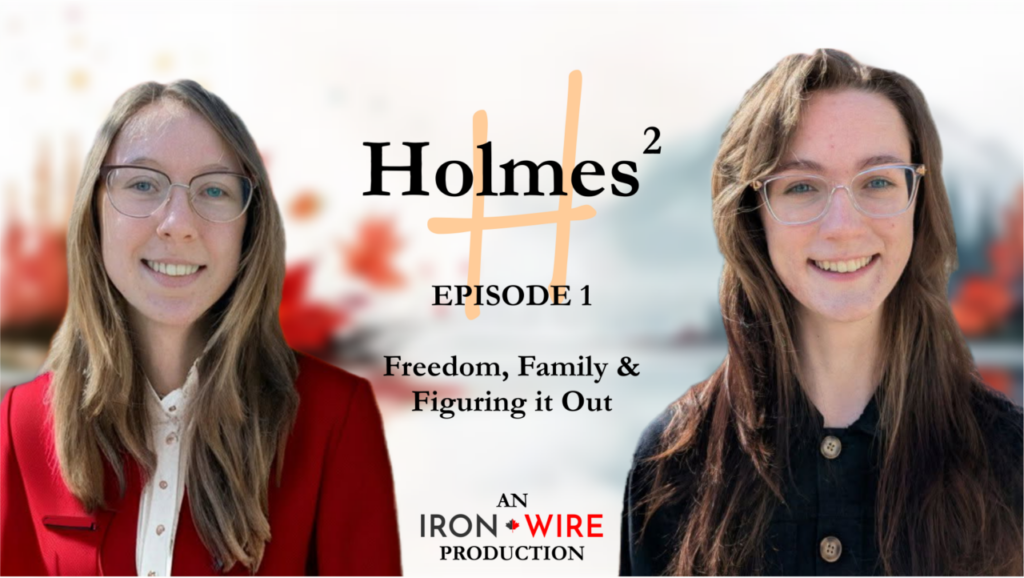Concientización and the Rebirth of Critical Thinking
Concientización
I started college in 1988, during the last few months of Reagan’s presidency. I finished college in 1992, during the last few months of George H.W. Bush’s presidency. I’ve always been drawn to politics, and I majored in political science. But the quality of political thinking in the US at the time was abysmal.
The Democratic Party was feckless — completely lost in the wilderness of its own incompetence.
The bougie academic Left was obsessed with John Rawls’ A Theory of Justice (1971), which was a way of thinking about class and disadvantage without mentioning class struggle. It ultimately proved to be politically toothless.
The Republican Party was in control of the nation’s political direction, but it was mired in endless cheerleading for the most base instincts of the American psyche. It seemed that every policy speech was some version of America F*ck Yeah:
If one cares about freedom and human flourishing, one must dismantle the oppressive structures inherited from the past. In the late 1980s/early 1990s, the people doing the best work in that regard were mainly in Latin America — revolutionary leaders in Nicaragua and El Salvador, Chilean exiles fighting against Pinochet, and theologians working on liberation theology throughout the region. Politically, socially, and spiritually, they challenged 500 years of conquest, feudalism, and genocide and they were having some success.
I studied Spanish at least two hours a day so that I could read foundational texts in their original language. I spent the summer of 1989 in language school in Cuernavaca, Mexico, and I spent the spring of 1990 living with local families and working on subsistence farms in Guatemala, Honduras, Nicaragua, and Costa Rica. Upon returning to Swarthmore, I took classes on Latin American politics and literature and immersed myself in liberation theology and the radical pedagogy of Paulo Freire.
The most profound idea that I learned from that entire process was concientización. There isn’t an exact equivalent in English. “Awareness,” “critical consciousness,” or “consciousness raising” get close but don’t really capture the revolutionary potential of the word. Concientización is the process of becoming aware of how the world actually works — the structures, unseen forces, and power relations. It’s about learning to see the habits and patterns that shape our thinking and ultimately finding ways to break free from mental colonization. The verb form is concientizarse, which is a reflexive verb (that is, “a verb where the subject performing the action is also the object receiving the action”). In this case, one is waking oneself up from slumber to become conscious of the world as it really is.
Concientización was the basis for nearly all of the transformative social movements in Latin America at the time and those that followed, including the Zapatista Movement in Mexico (1994-present), the Bolivian Indigenous Movement (2000s-present), and the growth of the Landless Workers’ Movement in Brazil.
Like any human endeavor, many of the revolutionary movements in Latin America and their progeny had mixed results. The Chilean reformers ousted Pinochet but never quite achieved the reckoning and societal transformation that they longed for. The Sandinista revolution in Nicaragua and the election of former leaders of the FMLN in El Salvador (following the peace accords) were undone by internal corruption and machismo. Liberation theologians throughout Latin America were hunted to the point of extinction by death squads while the evangelical Protestant “prosperity gospel” captured the imagination of the former Catholic base.
Many former combatants (government forces and revolutionaries) in the Cold War struggle in Latin America were absorbed into the drug cartels. Some Americans inspired by the Latin American Left became a part of the neoliberal Democratic Party under Bill Clinton or drifted off into endless navel-gazing self-improvement projects.
But the diamond that remains is concientización. The process of developing consciousness about how the world actually works is eternal. And each generation has to undertake that journey for themselves.
The Opposite of Concientización
I thought that I would like the “real world” of work and careers better than school. But even though I worked for nonprofits (before I got sick), I was struck by the overwhelming bougieness of it all.
Bougieness is the opposite of concientización. Bougieness is about learning to become well-adjusted to a society that is pathologically insane. In trying to fit in with the crowd, the bougiecrat abandons the search for truth in return for the meager table scraps that come from serving the ruling class.
I now realize that my erstwhile Democratic colleagues were never serious about challenging corporate power and they trusted the state beyond all reason. They have always “preferred the illusion of power and control instead of true freedom” (to borrow a phrase from Susan Faludi). This was merely annoying until Democrats made an unholy alliance with Big Pharma, and then it became an existential threat to humanity.
It seems to me that one reason nearly all of civil society failed in response to Covid is that they were so thoroughly afflicted with the bougie mindset. Academics, leaders of nonprofits, bureaucrats, reporters, corporate executives, etc. never stopped to ask what was happening, what was driving it, and why the wisdom of the past two centuries was suddenly thrown out the window in favor of Pharma totalitarianism. Bougiecrats just wanted to fit in and get gold stars for their virtue-signaling and pats on the head from the ruling class. The result was iatrogenic death and disability throughout the developed world.
Actual Concientización Today
Over the last 30+ years, the political distinctions between Left and Right have dissolved, and the economy has changed. Concientización today necessarily involves exploration of the vaccine holocaust, the totalitarian essence of the global Covid project, and the mental colonization that leads so many bougiecrats to participate in self-genocide.
What we’ve learned over the last several years is that the violence, exploitation, and genocide that was formerly directed from Europe and the US out toward the periphery in Latin America and the third world is now directed inward toward citizens in the developed world. There were no new lands left to conquer so the ruling class decided to rape and pillage (via iatrogenic disease) the people in their “home” countries because that’s how the ruling class could gain the most wealth, power, and control. We are now the poor, oppressed peasants that I studied in college (in many ways, our situation is actually worse).
Concientización used to be a Left project. But today, the Left is so degraded and debased via its willing submission to Big Pharma that only a precious few exiles have retained their critical consciousness (Naomi Wolf, Robert Kennedy, Jr., CJ Hopkins, Mark Crispin Miller, Fabio Vighi, Giorgio Agamben, etc.). My enormous worry is that because they are so heavily overvaccinated, many members of the actually existing Left today are cognitively unable to engage in concientización because the regions of the brain necessary to process rational thought have been damaged.
As with our Latin American standard-bearers, many of the best examples of concientización come from the grassroots. The millions of warrior moms and dads in the medical freedom movement (the US equivalent of the “Mothers [and fathers] of the Disappeared”) are doing heroic work to educate neighbors, family, friends, and the wider society about Pharma’s efforts to enslave us through iatrogenic injury. They figured out the details of Pharma’s assault on humanity through late-night research and confrontations with doctors, regulators, and politicians. In the process, they are saving millions of lives and might save humanity itself.
Substack created a thriving market for investigative journalism and critical commentary at a time when the mainstream media was dying/being killed by the fascist Pharma state. Essays by el gato malo, eugyppius, and A Midwestern Doctor, to name a few, have profoundly changed how I see the world. (I subscribe to 85 Substacks. If you are signed in, I believe you can see the whole list here.)
Facing widespread censorship, the Resistance built an entire alternative media ecosystem including The Highwire, The Defender, Children’s Health Defense TV, GreenMedInfo, and numerous high-quality podcasts that now reach millions of people every day.
Some of the best scholarship that could be considered concientización today is produced by Brownstone Institute (where I’m a fellow), founded by long-time libertarian Jeffrey Tucker (and exiles from the American Institute for Economic Research). Jeffrey has a remarkable ability to identify iconoclastic talent from across the political spectrum who can break our mental silos and help us to see the world in new ways. My concientización journey has been renewed through reading the work of Debbie Lerman, Josh Stylman, Rebekah Barnett, Maryanne Demasi, Tom Harrington, David Bell, Petra Bueskens, Bret Weinstein, and many more Brownstone authors.
Concientización lives on in everyone who said no to the Covid regime, says no to vaccines, says no to systems of mental enslavement, and is saying yes to healthy food, sunshine, and connection with others.
Republished from the author’s Substack
-

Toby Rogers has a Ph.D. in political economy from the University of Sydney in Australia and a Master of Public Policy degree from the University of California, Berkeley. His research focus is on regulatory capture and corruption in the pharmaceutical industry. Dr. Rogers does grassroots political organizing with medical freedom groups across the country working to stop the epidemic of chronic illness in children. He writes about the political economy of public health on Substack.











